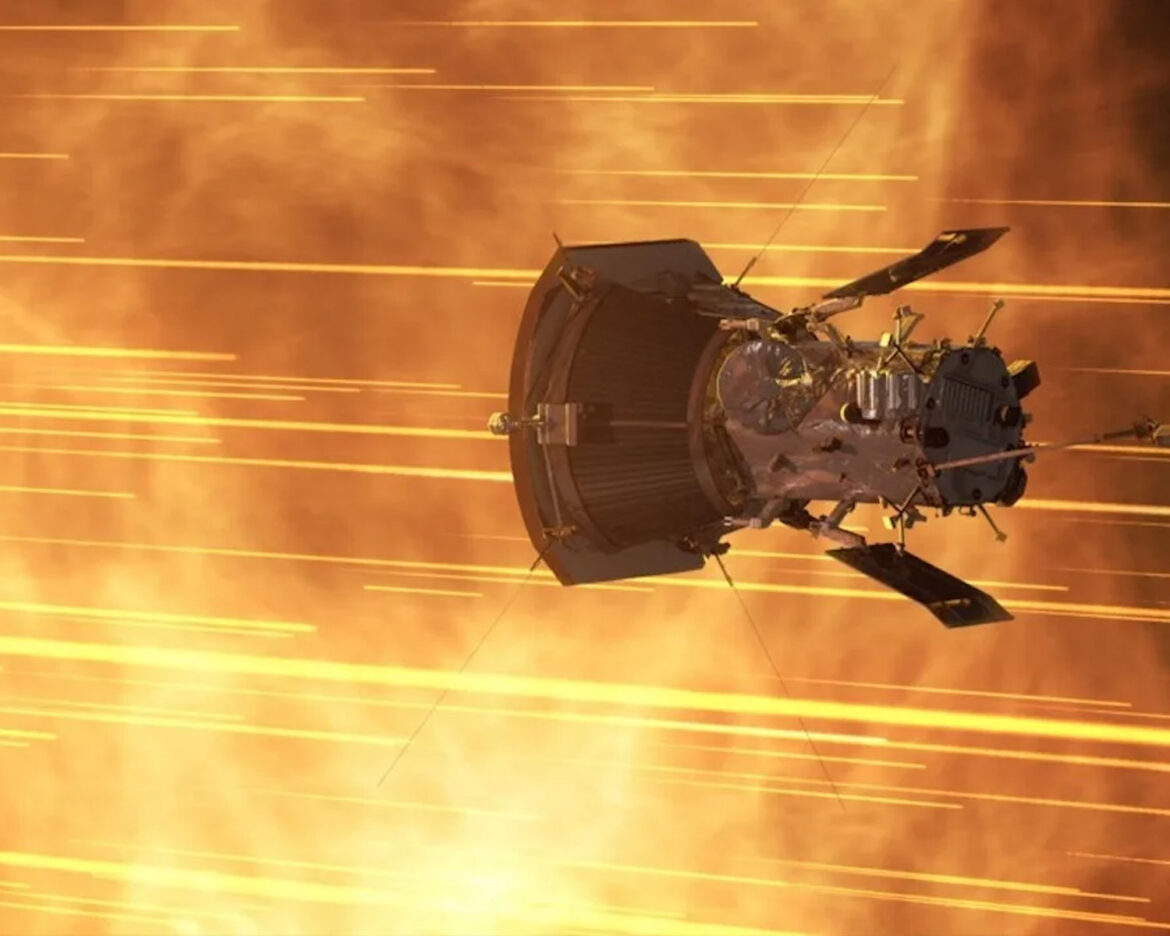The Parker Solar Probe, the fastest object ever made by humans, has marked its 18th flyby of the Sun. Launched in 2018, this groundbreaking spacecraft celebrated the onset of the new year by hurtling at an incredible speed through its 18th perihelion event.
Over the past five years, the Parker Solar Probe has been on an audacious mission to closely observe the Sun and unravel its mysteries. Accomplishing various milestones, such as capturing images of Venus and discovering comets, the probe is only halfway through its planned seven-year mission.
The probe’s mission design includes a total of 24 perihelion events, where it approaches the Sun as closely as possible to gather crucial data. Despite the immense velocity, the spacecraft’s instruments work diligently during these fleeting moments. On its latest pass at 7:56 PM on December 28th, 2023, the Parker Solar Probe matched its previous record speed of 635,226 kph (394,736 mph). This 18th flyby brought it as close as 7.26 million kilometers (4.51 million miles) from the Sun’s surface, an unparalleled proximity in the history of solar exploration.
With eight more solar encounters planned, the mission is expected to conclude in December 2025 after the 26th flyby. To gain additional speed, the probe will execute its final flyby of Venus later this year.
While data from the 18th flyby is still pending analysis by scientists, the Parker Solar Probe transmitted a reassuring “hello” signal on January 5th, a few days after the flyby. This communication indicates that the spacecraft is operational and poised to continue its orbit around the Sun, promising to provide even more profound insights into the realm of heliophysics at unprecedented speeds.



